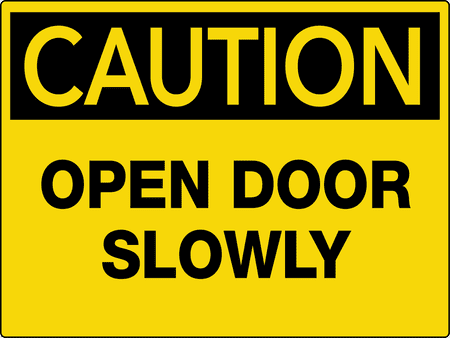
WS33009 caution opendoor slowly 80202.1403546520.450.450
The coronavirus impact on our industry has hit both airlines and OEMs at the same time. As airline demand was falling, factories around the world have been closing and re-opening to different time tables, resulting in the inability to produce aircraft in the short term. That is probably a good thing, as the impact on the demand side and supply side are relatively in balance.
In past economic downturns, aircraft and engine OEMs continued to produce airplanes at planned levels until they were forced to make cuts to match demand. Typically, a large oversupply of aircraft resulted, with a resulting market displacement in terms of values and oversupply. In this case, supply cuts occurred concurrently with the reduction in demand, resulting in a situation that is more in balance, albeit economically more painful for the economy.
The net result, when we come out on the other side, might have had values returning more quickly to normal as demand returns and older aircraft are purged from the market. The substantial negative impact on demand in this downturn, while much worse than the recession of 2008, might not have had a proportional impact on values because the supply-demand balance has remained more aligned.
Subscriber content – Sign in [maxbutton id=”1″ ] [maxbutton id=”2″ ]

